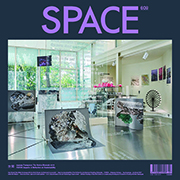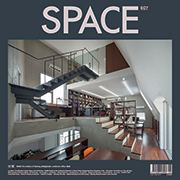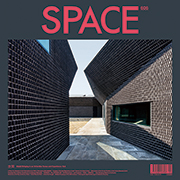12' the 2012 th space prize for international students of interior design
- Convergence -
SUBJECT
Convergence
How may interior architects respond to an age of information that is fundamentally altering human experience? The 12th Space Prize for International Students of Interior Design, based on the theme of ‘Convergence,’ aimed to discover those with an ability to fuse and develop interior design within various other fields. The competition was judged jointly by Kyungsook Nam (Professor, Hanyang University) and Jongho Kim (Design Studio), who set the task of ‘newly interpreting the approach of interior architecture,’ asking students for designs with an understanding of human society and culture and which showed an affinity with science and technology. Students were offered the explanation that ‘Design inspiration and the act of design itself essentially take place through fusion.’ Their response was that ‘fusion’ was a broad, conceptual term and that an insufficient explanation made this a difficult assignment. Nonetheless, the works submitted showed striking evidence that the theme had been embodied from a variety of perspectives. On the day of the award ceremony, each of the ten teams selected through the preliminary judging round on the 22 October gave short explanations of their work and announced the outcome of its long deliberated thought process. At the second, open round, on the 30 October, the judges announced one winning team, four specially selected teams and the remaining five finalists. Kyungsook Nam commented that the unexpectedly low number of entries had prevented the selection of a Grand Prize or Best Prize. She added, however, ‘Works of a higher standard that in any previous competition were submitted. It was particularly impressive to see works that handled the theme of fusion with sensitivity.’ The interior design award was created in 2001 to mark the 400th issue of SPACE, attracting much interest from students and designers studying interior architecture. The Space Group has decided to combine the two prizes from next year, in order to promote fusion among different areas of design. Space Group chairman Sangleem Lee said, ‘From now on, we will rebrand the Space Prize as the Space Prize for International Student of Architectural Design and encourage a perspective of looking at design within a single, big framework. The competition will be reborn as one that embraces students in each discipline.’ Lee asked students that took part in this year’s competitions for their continued interest and participation in the future. The award ceremony and prize-winning works exhibition opening took place on the 30 October in the Space theatre. The exhibition ran until the 9 November in the Space Gallery. An online exhibition will continue on the Space Prize website.
JURY REPORT
Nam, Kyungsook
Professor, Hanyang University
The aim of the 2012 Space Prize for International Students of Interior Design, now in its twelfth year, was to reflect in design the changes transcending boundaries between all areas in today’s society, under the theme of ‘convergence.’ We are now in the process of transferring to a multidisciplinary, multifunctional society and to a world of fusion characterized by an end of borders and boundaries: by mixture and consilience. Dramatic changes in information have fundamentally transformed the lives and behaviour of humans and the composition of their surrounding society. In order to respond to these demands, we must tear down the barriers between existing disciplines such as natural and social sciences, the humanities, management and the arts. Taking a convergent approach, we must produce groundbreaking new knowledge, culture and industries. These circumstances demand that designers possess as firm an understanding of human society and culture as possible, and take an integrated approach that remains close to science and technology. Design, as a discipline that finds inspiration in other fields, has at any rate always been unthinkable in isolation from convergence.
When judging the works submitted, we could sense that the participants had found convergence to be a difficult theme. It was apparent, however, that they had approached it with deep thought in order to unravel its difficult concept. The results were more outstanding than we could have expected.
Hotel ‘Dam’, the winner of the Excellent Prize, is a hotel design that embraces nature. Its designers conducted a large-scale analysis of the natural surroundings of their chosen site in order to understand the topic at hand. The hotel interior design is a sculptural experiment, embracing the surrounding natural environment and light. The designers’ method of expressing the final result, too, was excellent.
‘Community in the City’, a design for a community space for one- and two-person households, entailed a detailed process of designing system furniture suitable for small homes. ‘The Between of Amsa Ecological Park’ took Amsa Ecological Park as its site and designed a corporate publicity hall with the aim of giving back to society. This work included an elaborate process of designing an open facade in order to allow direct communication with nature. Its form, as a whole, converged well with the concept.
Works embracing social issues in this way attempted an integrated approach to design with an understanding of human society and culture, which remained close to science and technology, within our broad theme of ‘convergence’.
Subject Description
Convergence
Assignment: A new interpretation of interior architecture approach
Purpose of competition: To discover the capacities for the convergence and development of design with different areas
The definition of convergence is the melting and combining of diverse things into one entity. Convergence in design is not so strange. The act of designing often brings inspiration from territories other than design, and therefore design can’t be separated from the idea of convergence.
The movement towards convergence, which aims to break down barriers between different fields in society, is ubiquitous now, but attempts at convergence are not new; convergence as a concept has been around for many years.
Trust in human intellect has long been a characteristic of modern society, from Enlightenment scientists and philosophers such as Newton and Descartes to rationalist philosophers such as Kant. However, a reductive attitude towards human intellect by promoting the segmentation and specialization of studies has also been a characteristic of the same period.
Levi-Strauss, a structuralist, said the ultimate purpose of human science is not to constitute man but to dissolve him. The encounter between scientific technologies and the humanities has been continuously probed from the Enlightenment and rationalism to structuralism and post-structuralism. As computer technology has developed, the minds of humans have also become a target of study. Many subjects, such as psychology, philosophy, humanities, neuroscience, and artificial intelligence, are connected and work together to find solutions. This is convergence.
The fierce transitions that come with rapid informatization are today fundamentally changing humans, social forms, and even life itself. In order to cope with such changes, it is important to create innovative new knowledge, new culture, and new business methods which utilize convergence and expand new horizons beyond the boundary of existing learning such as natural science, social science, humanities, and business studies. An in-depth understanding of the society and culture of humans and the application of this in an integrated approach to design methods incorporating science and technology are, therefore, crucial..
GRAND PRIZE
No Grand Prize
PRIZE OF EXCELLENCE
No Best Prize
SPECIAL PRIZE
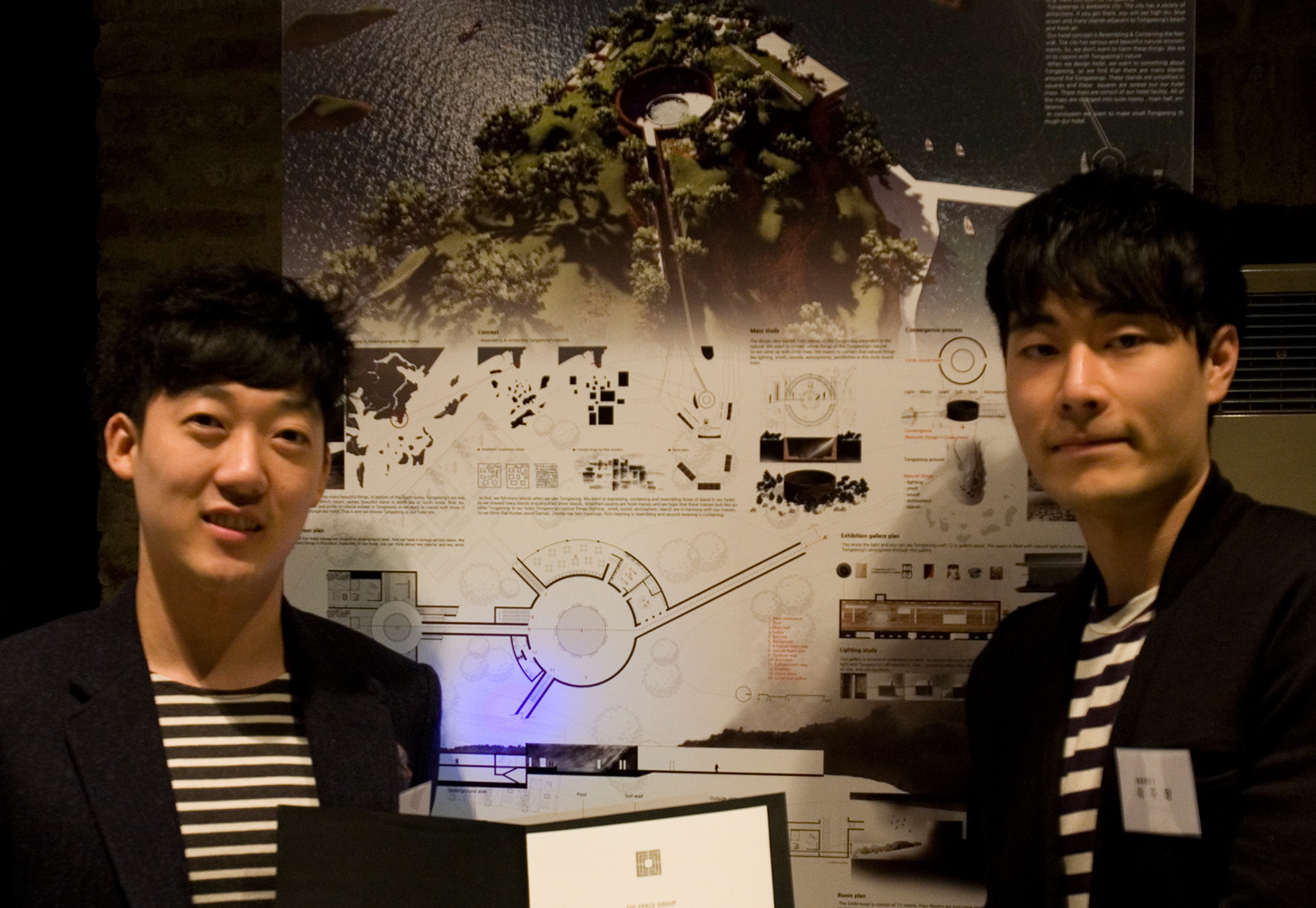
Jeong, Byungjun + Lee, Juwang
Gachon University
Hotel‘Dam’
.jpg) Have you ever been to Tongyeong? Coloured by beautiful nature, the wonderful city of Hanryeo-sudo has managed to retain it and conserve its surroundings. In addition to the spectacular landscape, there exists a number of exceptional artists and artisans. When we saw our contest theme ‘convergence’, we thought immediately of that space, and to use people will be at one with Tongyeong’s nature and people. So the start of our hotel project was that it began with the Tongyeong’s nature and artistic culture, lending the particular atmosphere of the hotel.
Have you ever been to Tongyeong? Coloured by beautiful nature, the wonderful city of Hanryeo-sudo has managed to retain it and conserve its surroundings. In addition to the spectacular landscape, there exists a number of exceptional artists and artisans. When we saw our contest theme ‘convergence’, we thought immediately of that space, and to use people will be at one with Tongyeong’s nature and people. So the start of our hotel project was that it began with the Tongyeong’s nature and artistic culture, lending the particular atmosphere of the hotel.
Hotel ‘Dam’ was located underground. The hotel has rooms and an exhibition hall with three directional views as well as a big reception hall in the middle. The middle hall, like the garden, takes on the role of a passageway that connects the outside of the hotel lobby, restaurant and other amenities. Especially in the centre of the hall, you can feel Tongyeong’s mood and nature. The hotel is consisted of 11 rooms. Four Rooms are executive rooms (for 3 – 4 persons) and seven rooms are deluxe (for 1 – 2 persons). Each room has a fresh and comfortable pool. This pool is connected with inside spa, so you can rest inside spa simultaneously. All the while, you enjoy catching a glimpse of Tongyeong’s beautiful sea.
In the exhibition space, we created a gap in the ceiling, allowing for natural light to penetrate the exhibition hall, so that the warm atmosphere of the showroom directing works of artisan in Tongyeong would be felt.
Hotel Dam filled with Tongyeong’s art and nature offers people relaxation of the mind and presents retrospection of our traditional arts.
HONORABLE MENTION
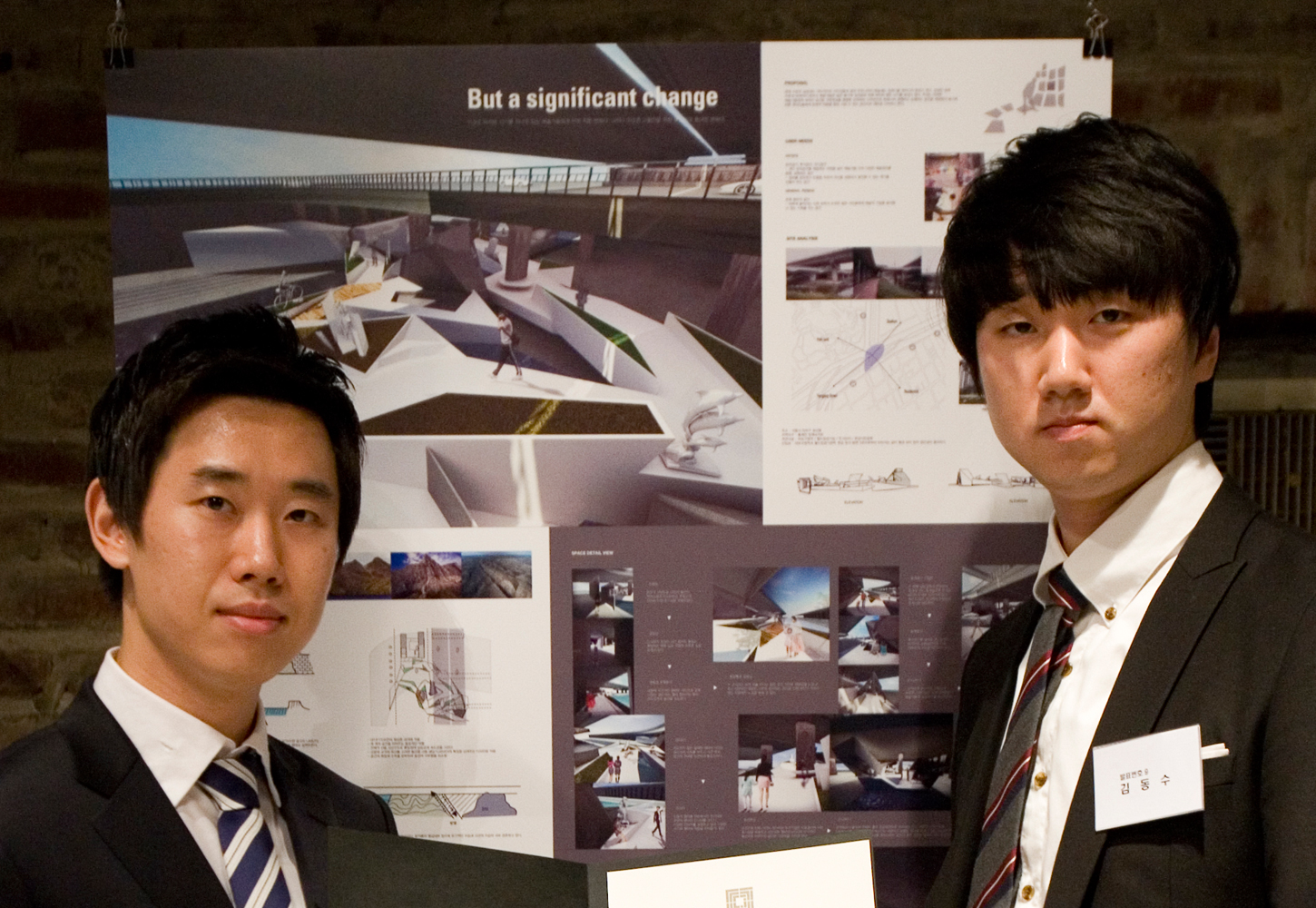
Kim, Dongsu + Jeon, Youngwoo
Dongyang Mirae University
But a Significant Change
.jpg)
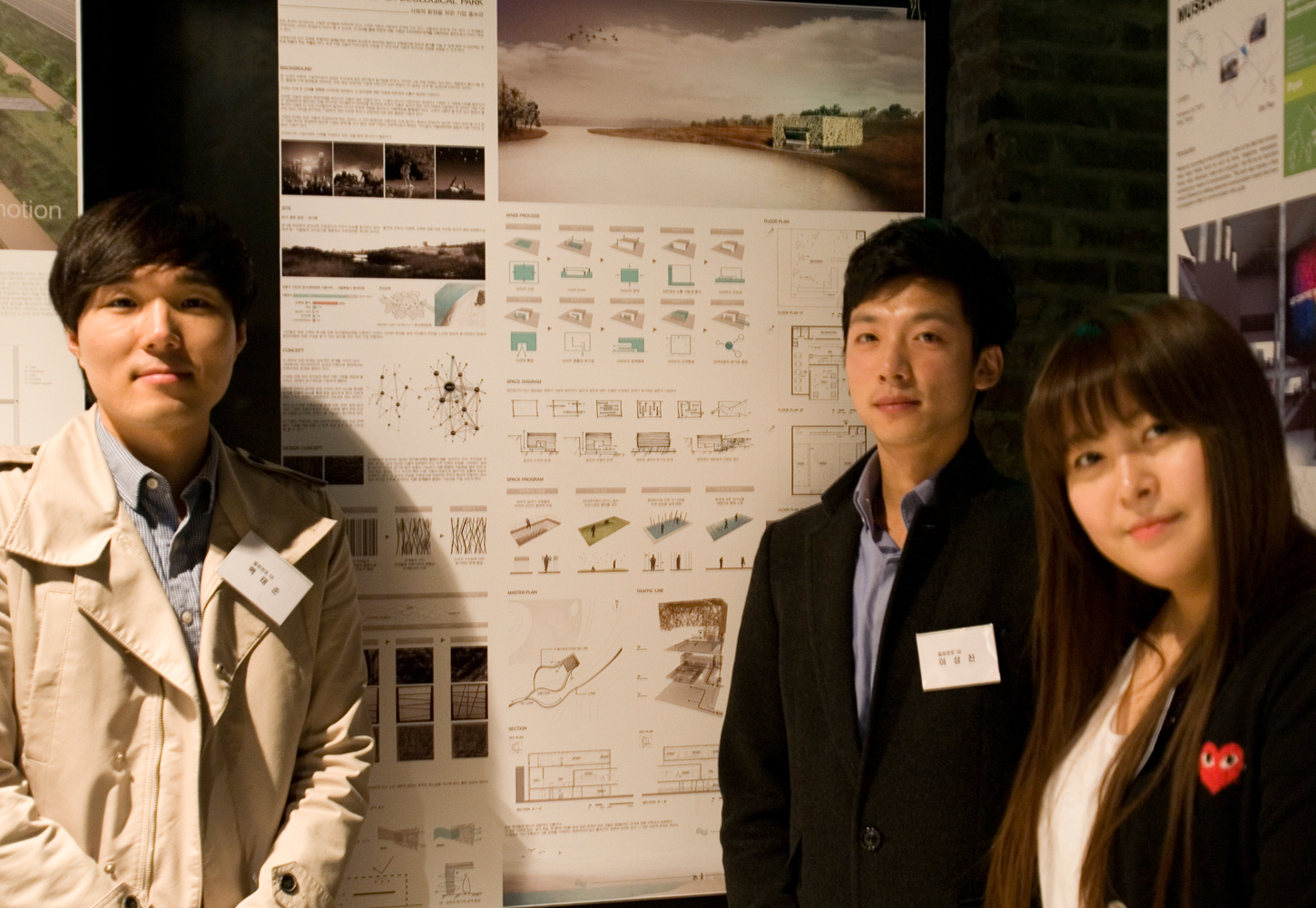
Baek, Taejun + Lee, Sangjin
Graduate School of Architecture, Konkuk University
Park, Dobin
Hyupsung University
The Between of Amsa Ecological Park
.jpg)
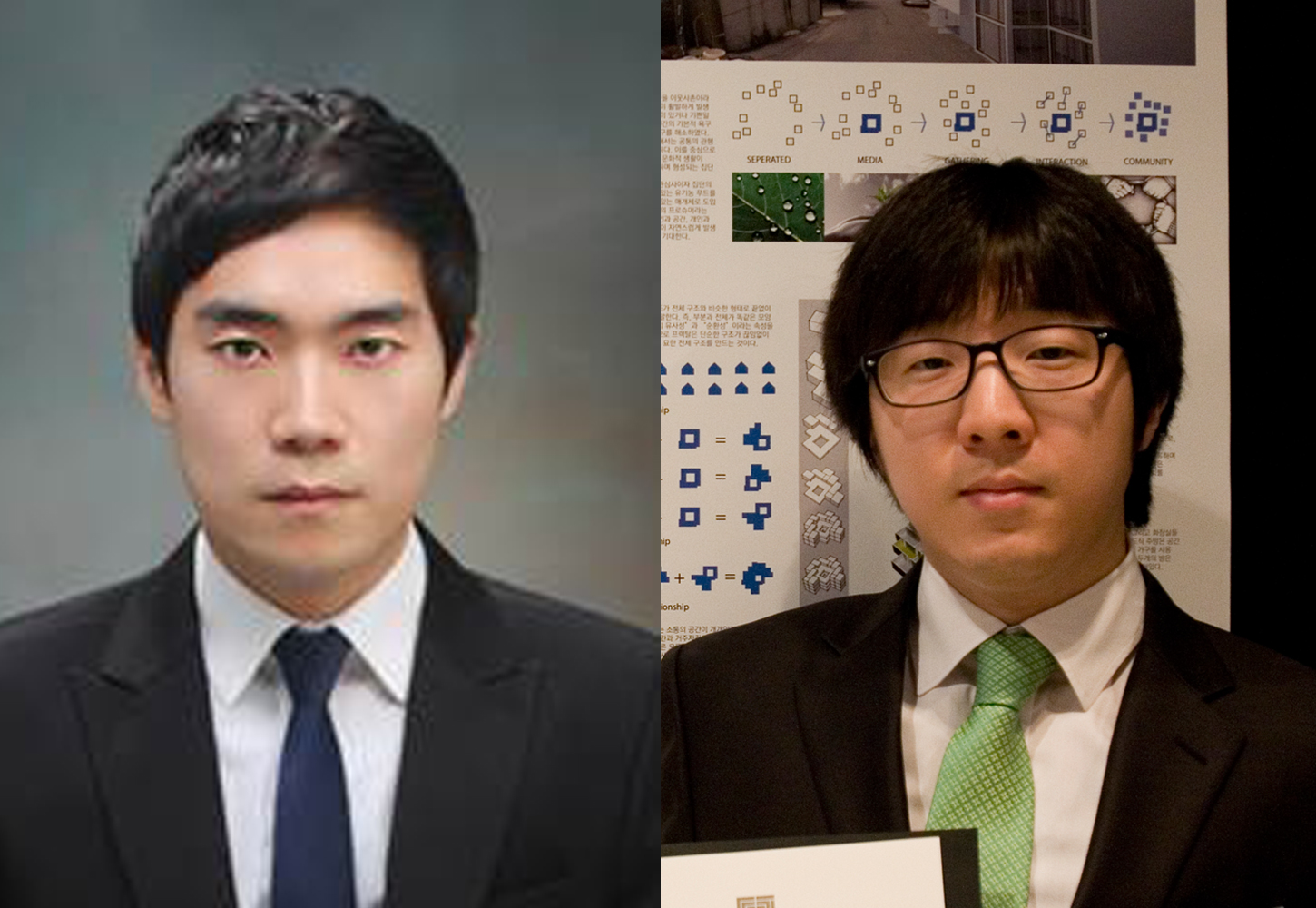
Lee, Joonseok + Lee, Soohyung
Hanyang University
Community in the City
.jpg)
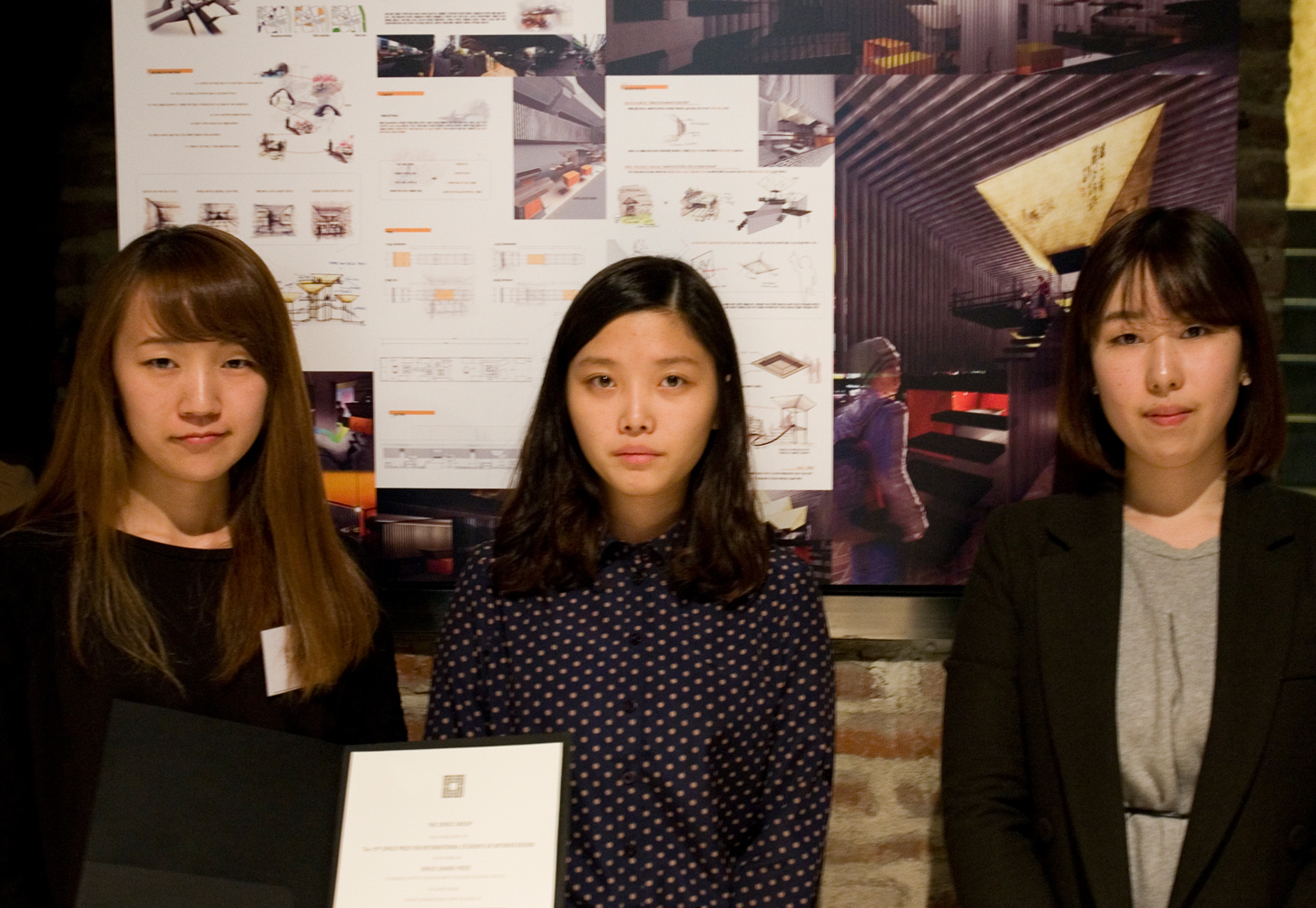
Kim, Namhui + Lee, Sujin + Kim, Hyehyeon
Dongyang Mirae University
Chang-dong Flyover
.jpg)






